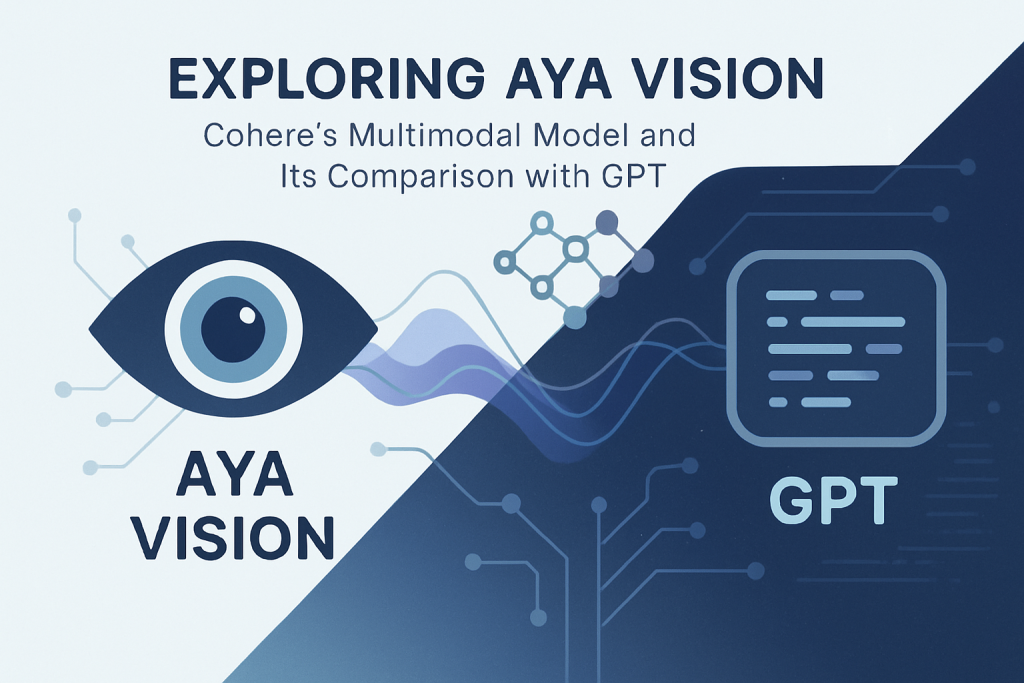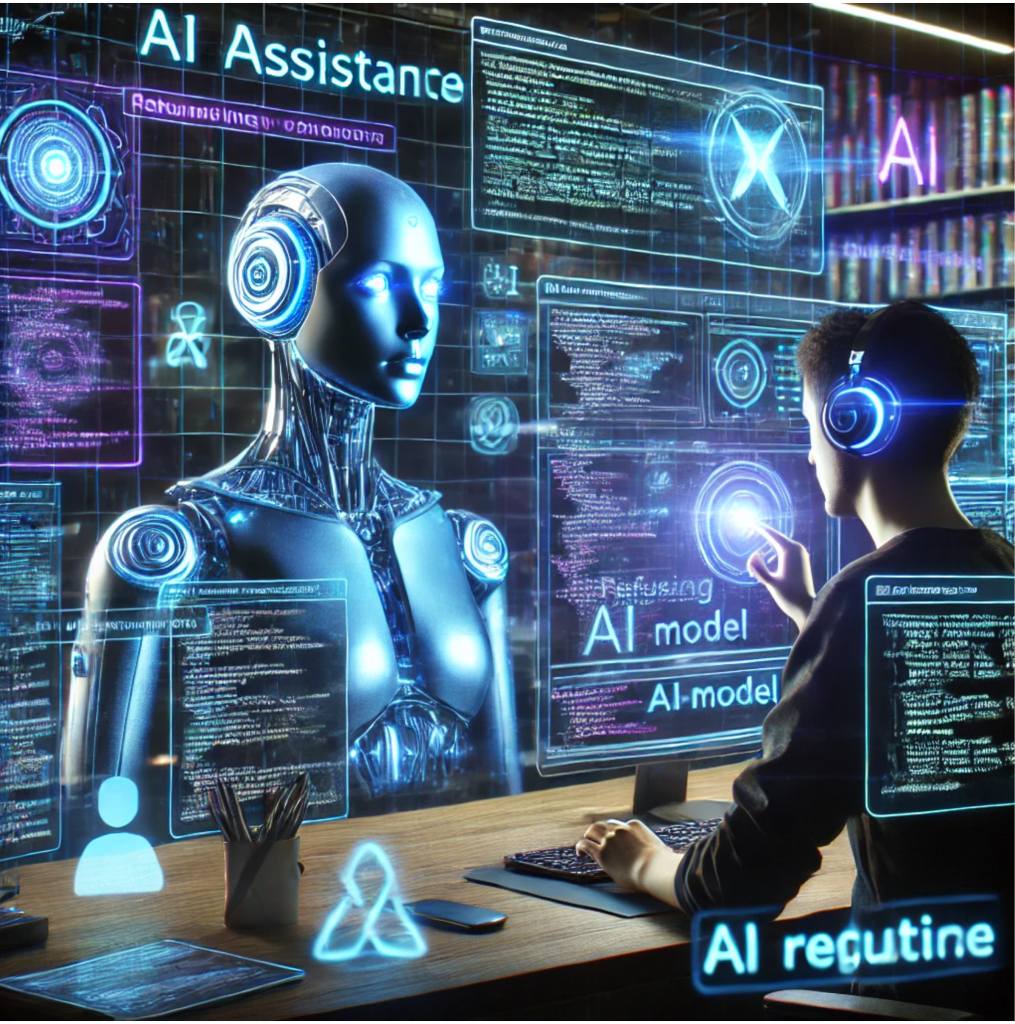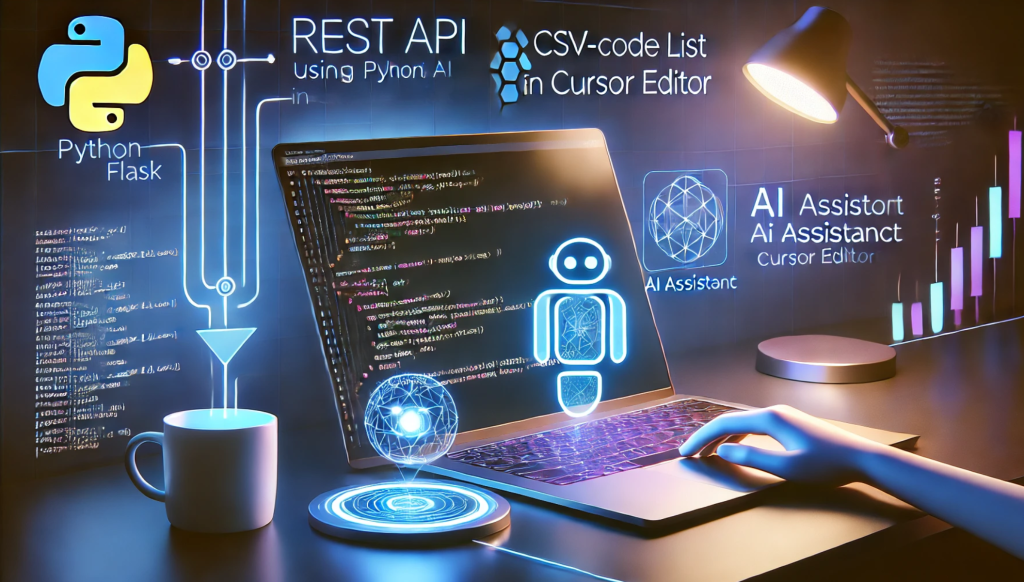Exploring Aya Vision: Cohere’s Multimodal Model and Its Comparison with GPT

Created using DALL.E on 28 April 2025 Author Introduction Vision-enabled AI models have rapidly evolved to become essential tools across numerous applications, from content moderation to image analysis and multimodal reasoning. Cohere’s recent entry into this space with their Aya Vision model promises to deliver competitive capabilities in the increasingly crowded market of multimodal AI […]
Exploring QwQ-32B: Alibaba’s Compact Reasoning Model

Exploring QwQ-32B: Alibaba’s Compact Reasoning Model Author: Immanuel Alvaro Bhirawa (ORCID ID: 0009-0009-3354-7794) Introduction In the rapidly evolving field of artificial intelligence, Alibaba’s Qwen team has introduced QwQ-32B, a 32-billion-parameter reasoning model designed to tackle complex tasks such as mathematical problem-solving and coding. Launched in March 2025, QwQ-32B stands out for its compact size and […]
Revolutionising Human-AI Interaction

The Promise and Challenges of Prompting in Creative Applications This article is based on the paper “How to Prompt? Opportunities and Challenges of Zero- and Few-Shot Learning for Human-AI Interaction in Creative Applications of Generative Models“ by Hai Dang and others. Created using DALL.E on 4 March 2025 Author Introduction This article provides a comprehensive […]
Developing a REST API in Python and Flask Using Cursor Editor and AI

Created using DALL.E on 17 March 2025 Introduction REST APIs are essential for modern web applications, enabling seamless communication between frontend and backend services. Building them from scratch can be time-consuming, but with the right tools, we can streamline the process. This is where Cursor Editor comes in. Cursor is a code editor similar to […]
Exploring Machine Common Sense

The Key to Achieving Artificial Intelligence This article explores and analyses the paper ‘Can AI have common sense? Finding out will be key to achieving machine intelligence’ by Mayank Kejriwal and colleagues. The paper was published in 2024. Introduction As artificial intelligence (AI) continues to evolve, one of the most interesting challenges researchers face is […]
Dynamic Knowledge Graphs: A Next Step For Data Representation?

Integrating temporal data into static knowledge graphs Introduction Knowledge graphs (KGs) have proven to be an effective method of data representation that is increasingly popular. In KGs, entities and concepts are represented as nodes, while the relationships between nodes are depicted as edges. Thus, KGs can effectively capture the semantic meanings of nodes. For instance, Google’s […]
Tree of Thoughts: A New Way to Unlock Problem-Solving in Large Language Models

System 1 vs. System 2: Bringing Deliberate Thinking to AI Author’s Note: This article summarizes research from “Tree of Thoughts: Deliberate Problem Solving with Large Language Models” by Shunyu Yao, Dian Yu, Jeffrey Zhao, Izhak Shafran, Thomas L. Griffiths, Yuan Cao, and Karthik Narasimhan from Princeton University and Google DeepMind. The original paper was presented […]
Program of Thoughts

The Evolution of Numerical Reasoning in AI: The Power of Program of Thoughts (PoT) This article is based on the paper Program of Thoughts Prompting: Disentangling Computation from Reasoning for Numerical Reasoning Tasks by Wenhu Chen and others. Author Introduction Artificial Intelligence has made significant strides in solving complex numerical reasoning tasks. Traditional approaches focused […]
An Introduction to Recurrent Neural Networks (RNNs)

Understanding how RNNs work and their applications Author Introduction In the ever-evolving landscape of artificial intelligence (AI), bridging the gap between humans and machines has seen remarkable progress. Researchers and enthusiasts alike have tirelessly worked across numerous aspects of this field, bringing about amazing advancements. Among these domains, machine learning stands out as a pivotal […]
How to use GROBID to extract text from PDF files

Unlocking Knowledge Mining with Machine Learning and Python Integration Author Introduction GROBID is a powerful and useful tool based on machine learning that can extract text information from PDF files and other files to a structured format. One of the key challenges in knowledge mining from academic articles is reading the content of PDF files. […]